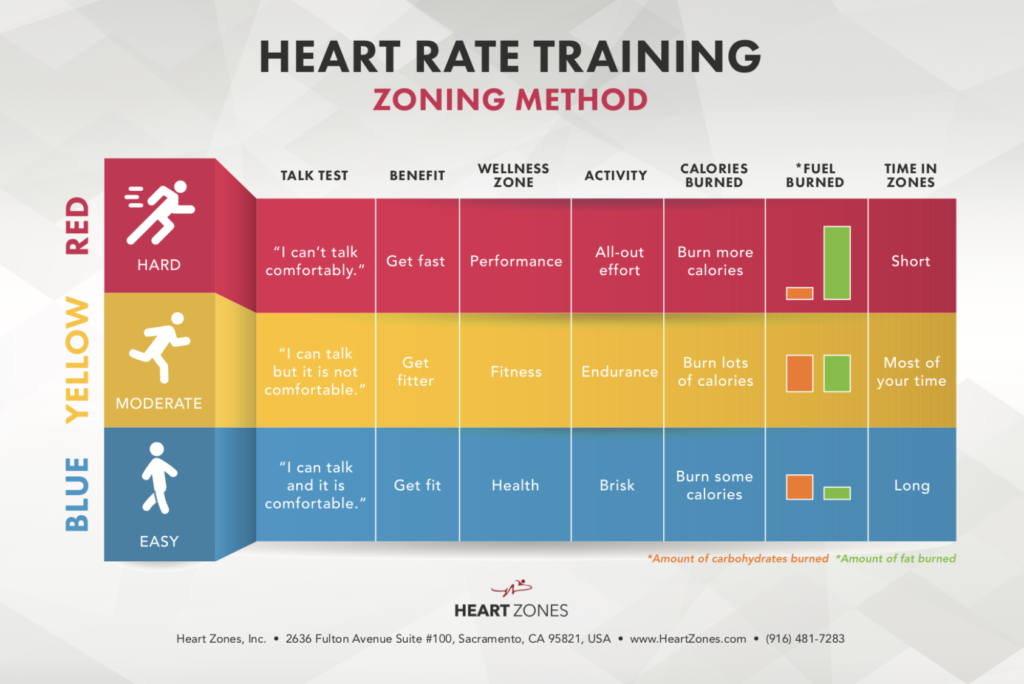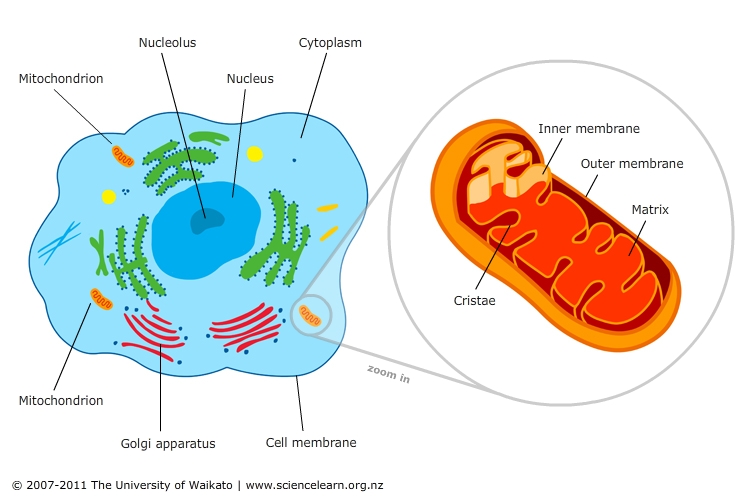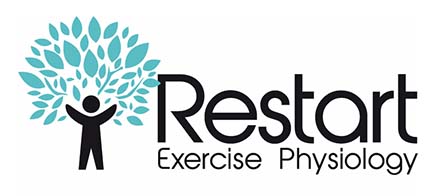Any conversation around longevity must include the consideration of healthspan. It is a common goal amongst many of our more elderly patients to improve their longevity; the presumption is that they are more specifically wanting to improve their healthspan.
Healthspan is the number of healthful years we live relative to our life expectancy, defined as years spent in good health and not impaired by disability or disease. I am yet to meet a person who wants to live to 100 but is happy to spend the last 20 of these years incapacitated by chronic illness and pain.
Research published in 2020 shows that healthspan has steadily improved in Australia over the past three decades, reaching an average of 70 years. This figure has not increased at the same rate as life expectancy however (an average of 82.9 years over both genders) – this indicates that Australians are living more years in poor health. The burden of chronic disease (particularly the four most prominent ‘killers’ – cardiovascular disease, cancer, type 2 diabetes and dementia) is significant when it comes to reducing the quality of our later years.
What can be done to improve healthspan?
Improving healthspan in my opinion stems from developing a mindset early in life that your health is your greatest asset. This is something I readily help my patients to understand, regardless of their age or health state. It is better to be proactive to maintain good health, versus waiting for pain onset or disease diagnosis to start making changes. View proactively maintaining good health as ‘credit’ towards not only reducing risk of the above healthspan-reducing conditions, but as a strategy to quicker overcome injuries, accidents or unexpected diagnoses.
Entire books have and will continue to be written on how to improve healthspan, and can certainly not be covered in any depth within one blog such as this. Optimising five key categories – physical activity, nutrition, sleep and recovery, hydration, and emotional health – is key to giving yourself the best chance of not only living to a ripe old age, but stave off those all too common conditions and diseases that damage healthspan.
Introducing Zone 2 Aerobic Training
The primary purpose of this blog is to introduce (or expand your existing knowledge of) zone 2 aerobic training and show how it can be a strong weapon in your artillery to improve healthspan.
So what do we mean by zone 2 training? Zone 2 training is one of 5 training zones that is determined by both heart rate and training intensity. Additional other ways to measure these zones exist, including for example lactate levels and power output, however for simplicity I have attached the below graphic expressing 3 training zones – easy, moderate and hard intensity.

In a nutshell, zone 2 training is performing aerobic exercise eg jogging or cycling, for a sustained period of time at an easy to moderate intensity. Ways to know if you are training in zone 2 include:
- you are exercising at an intensity where you can maintain a conversation, but conversing may be a little strained. If you can’t speak in complete sentences, you have likely edged up into zone 3;
- when using a 1 – 10 rating of perceived exertion (RPE) scale where 1/10 is very, very light exercise and 10/10 is maximum effort exercise, you report an exertion level of between 3 and 7/10;
- it is a pace that you can sustain for periods of 30 – 45 minutes without excessive shortness of breath or muscle ‘burn’;
- your heart rate when exercising in zone should correspond with a number that is 70-85% of your age-predicted maximum heart rate. As a 38 year old male, my age-predicted heart rate (220 – age) is 182, therefore my zone 2 training ‘zone’ is 127 to 155 beats per minute;
- if you want to get more technical and have access to a lactate monitor (indicates level of lactic acid accumulation in blood), lactate levels should remain within an approximate range of 1.7 – 2.0 mmols.
What are the benefits of zone 2 training?
Zone 2 training has a number of important benefits, whether you are an athlete training for an upcoming event or an everyday Aussie wanting to get from A to B with greater ease.
Perhaps the most significant evidence-based benefit of zone 2 training is something called mitochondrial biogenesis.
If you can remember back as far as high-school science, you may vaguely recall learning about mitochondria. The mitochondria are frequently described as ‘the powerhouse of our cells’ – simply put, they utilise aerobic respiration (oxygen) and the food we consume to create energy. They have a number of additional incredibly important roles, and thus are crucial to our survival as human beings (we would in fact perish without them).

When we spend time training in zone 2, we are largely utilising our ‘slow-twitch’, more endurance based muscles. These muscles are densely packed with these marvellous little creations called mitochondria, which allow us to exercise for longer without experiencing fatigue. If we step up the pace however, we will recruit and utilise more ‘fast-twitch’ muscle fibers, which are less efficient but more forceful. Fatigue will soon follow (depending on fitness levels of course) as lactic acid begins to build and the mitochondrial demand for oxygen to create more energy cannot be met.
Mitochondria are incredibly plastic – when you do more aerobic exercise, your body triggers the creation of many new and more efficient mitochondria (mitochondrial biogenesis) whilst eliminating old and dysfunctional mitochondria. Our mitochondria have incredible storage capacity for glycogen (a form of glucose that your body stores in both liver and muscle cells), thus preventing excess sugar to remain in our blood. Chronic elevated blood glucose levels is of course a precursor to Type 2 diabetes, and will damage our heart, our kidneys and virtually everything in between.
Mitochondria, ‘metabolic flexibility’ and weight management
When we improve our fitness and the efficiency of our mitochondria (our ‘engine rooms’) your body becomes more adept at metabolising both glucose and fatty acids. Whilst glucose can be metabolised in multiple different ways throughout our cells, fatty acids can be converted to energy ONLY in the mitochondria. When we exercise at a lower intensity we will likely be burning more fat, whereas when we exercise at higher intensities we rely more on glucose.
The following statement is perhaps the greatest takeaway from this blog – the healthier and more efficient your mitochondria, the greater your ability to utilise fat, which is by far your body’s most efficient and abundant fuel source (1). Our body’s ability to metabolise both glucose and fatty acids is termed ‘metabolic flexibility’ – healthy mitochondria, supported by zone 2 training, helps keep fat accumulation in check.
We intuitively understand the connection between greater body fat levels, greater waist circumference and elevated bodyweight with a host of chronic disease, each of which will damage your healthspan!
Conclusion
With most things in life, the ‘use it or lose it’ rule applies to mitochondria. A person who frequently exercises in zone 2, whether it be swimming, jogging, cycling or rowing, is improving both the efficiency and number of their mitochondria. Stop engaging in this practice, and our mitochondria will become less efficient and less plentiful.
I recommend spending 30 – 45 minutes in this training zone 2 – 4x per week, ideally via a form of exercise that you enjoy. It is helpful to have a heart rate monitor to help guide your exercise intensity, at least initially whilst you develop a connection between how you’re feeling whilst exercising and where your heart rate sits. Utilising the ‘talk test’ when exercising is a great rule of thumb to determine if you are within zone 2.
Whilst zone 2 is an important training modality, it should also be paired up with shorter bouts of higher intensity exercise (zones 3 – 5) and of course resistance/strength and stability training. Achieving consistency across these key areas will not only boost your quality of life now, but extend both your healthspan and lifespan.
Happy training 💪🏻 💪🏻
Luke
Reference
One of the best books I’ve read on the topic of improving healthspan and longevity is Outlive by Dr. Peter Attia (1). This book is something I will be recommending to all my patients into the future, such is the quality and importance of its content. If you are wanting to invest into your health both now and into the future, information and action is key.
2. https://cheba.unsw.edu.au/news/healthy-life-expectancy-across-australia-rise-latest-global-disease-estimates-revealed, accessed 10th April 2024

0 Comments